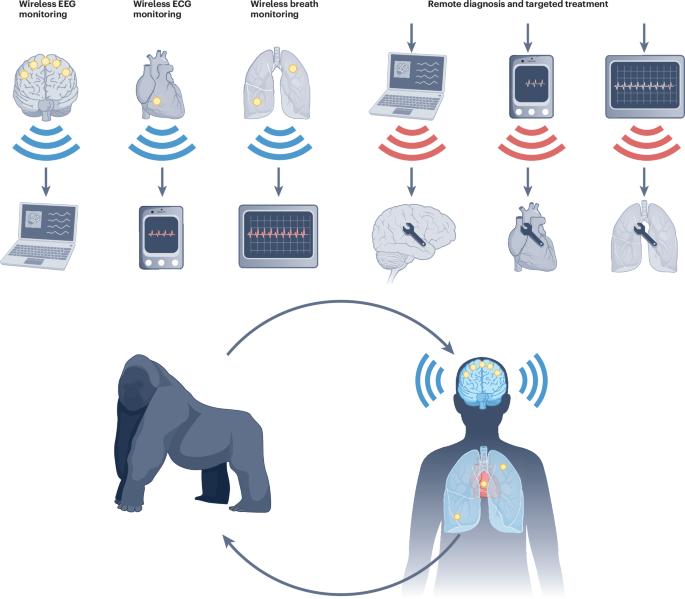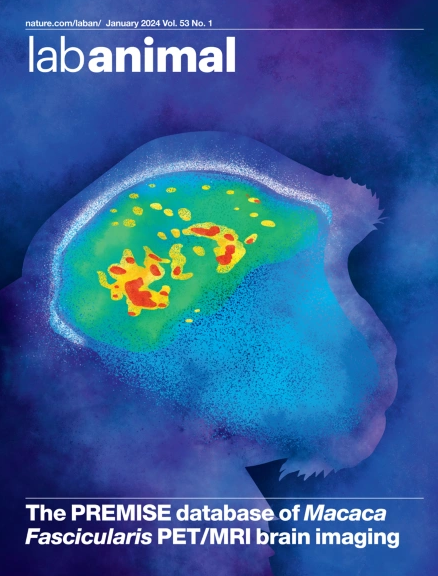Challenges and future directions of SUDEP models
IF 5.9
3区 农林科学
Q1 VETERINARY SCIENCES
引用次数: 0
Abstract
Sudden unexpected death in epilepsy (SUDEP) is the leading cause of death among patients with epilepsy, causing a global public health burden. The underlying mechanisms of SUDEP remain elusive, and effective prevention or treatment strategies require further investigation. A major challenge in current SUDEP research is the lack of an ideal model that maximally mimics the human condition. Animal models are important for revealing the potential pathogenesis of SUDEP and preventing its occurrence; however, they have potential limitations due to species differences that prevent them from precisely replicating the intricate physiological and pathological processes of human disease. This Review provides a comprehensive overview of several available SUDEP animal models, highlighting their pros and cons. More importantly, we further propose the establishment of an ideal model based on brain–computer interfaces and artificial intelligence, hoping to offer new insights into potential advancements in SUDEP research. In doing so, we hope to provide valuable information for SUDEP researchers, offer new insights into the pathogenesis of SUDEP and open new avenues for the development of strategies to prevent SUDEP. This Review provides a comprehensive overview of several available animal models of sudden unexpected death in epilepsy (SUDEP), highlighting their pros and cons to elucidate SUDEP causes and mechanisms.


SUDEP 模型的挑战和未来方向。
癫痫猝死(SUDEP)是癫痫患者死亡的主要原因,给全球公共卫生造成了负担。癫痫猝死的潜在机制仍然难以捉摸,有效的预防或治疗策略需要进一步研究。目前 SUDEP 研究面临的一个主要挑战是缺乏能最大限度模拟人类病症的理想模型。动物模型对于揭示 SUDEP 的潜在发病机制和预防其发生非常重要;然而,由于物种差异,动物模型存在潜在的局限性,无法精确复制人类疾病错综复杂的生理和病理过程。本综述全面概述了现有的几种 SUDEP 动物模型,并强调了它们的优缺点。更重要的是,我们进一步提出建立基于脑机接口和人工智能的理想模型,希望能为 SUDEP 研究的潜在进展提供新的见解。在此过程中,我们希望为 SUDEP 研究人员提供有价值的信息,为 SUDEP 的发病机制提供新的见解,并为 SUDEP 预防策略的开发开辟新的途径。
本文章由计算机程序翻译,如有差异,请以英文原文为准。
求助全文
约1分钟内获得全文
求助全文
来源期刊

Lab Animal
农林科学-兽医学
CiteScore
0.60
自引率
2.90%
发文量
181
审稿时长
>36 weeks
期刊介绍:
LabAnimal is a Nature Research journal dedicated to in vivo science and technology that improves our basic understanding and use of model organisms of human health and disease. In addition to basic research, methods and technologies, LabAnimal also covers important news, business and regulatory matters that impact the development and application of model organisms for preclinical research.
LabAnimal's focus is on innovative in vivo methods, research and technology covering a wide range of model organisms. Our broad scope ensures that the work we publish reaches the widest possible audience. LabAnimal provides a rigorous and fair peer review of manuscripts, high standards for copyediting and production, and efficient publication.
 求助内容:
求助内容: 应助结果提醒方式:
应助结果提醒方式:


